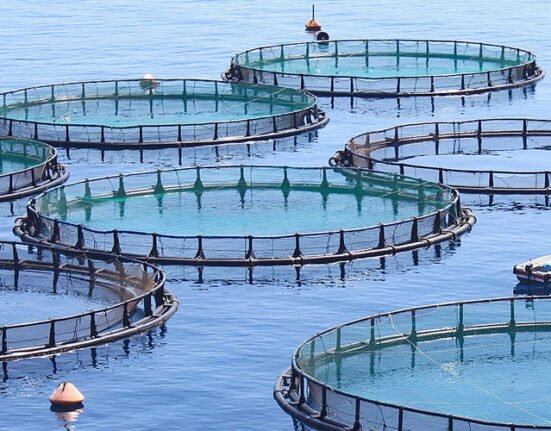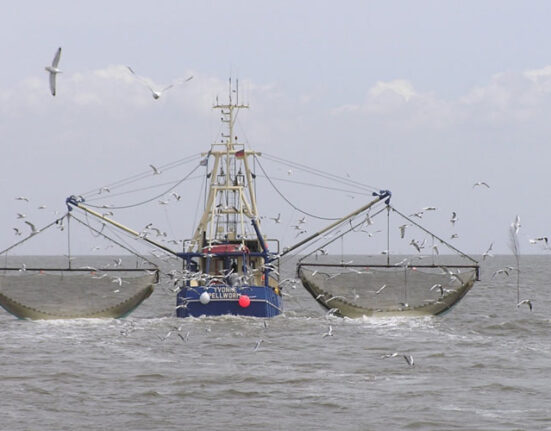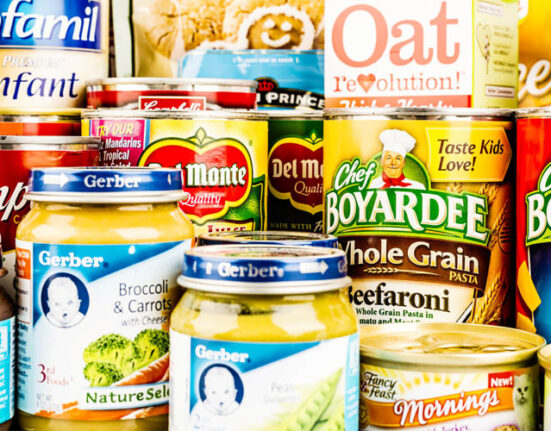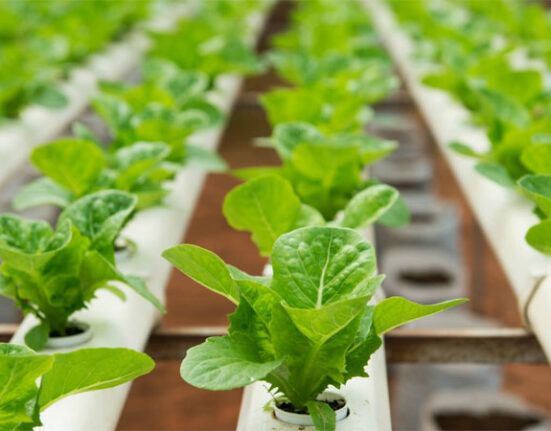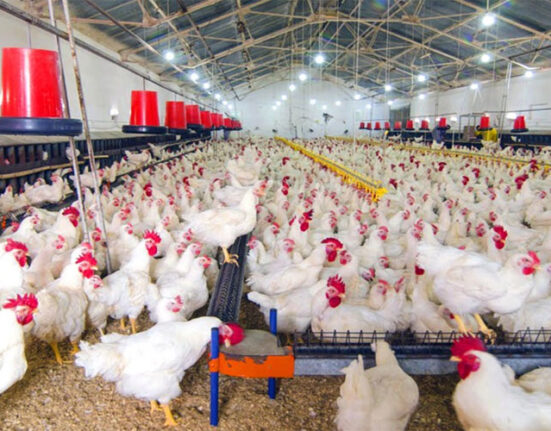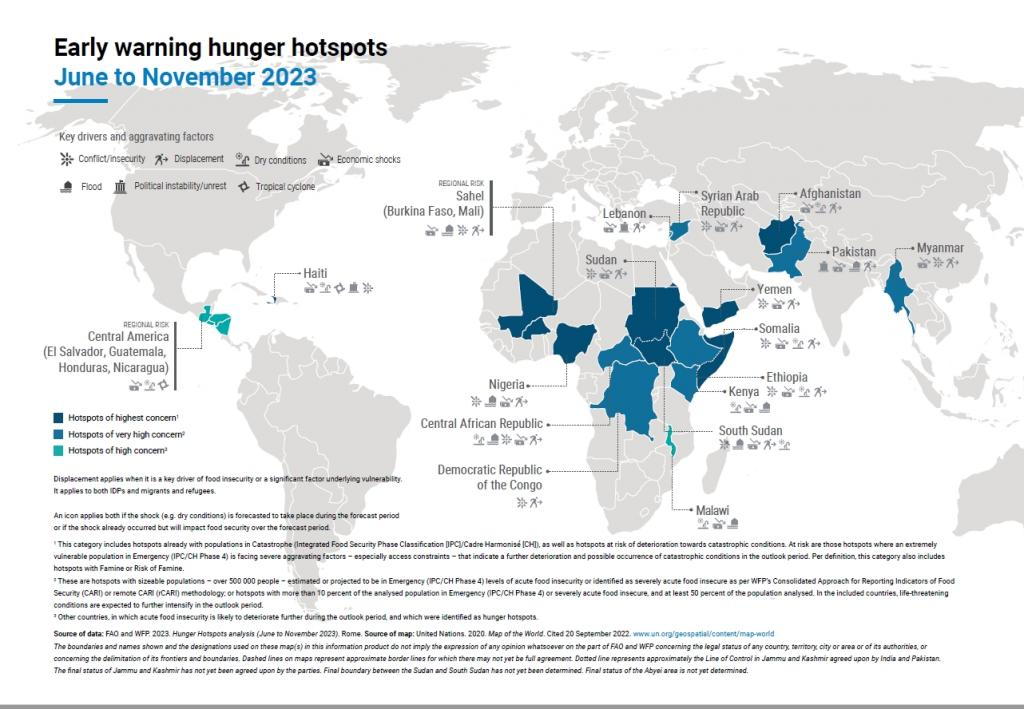The Food and Agriculture Organisation of the United Nations (FAO) and the World Food Programme (WFP) warn that acute food insecurity is likely to deteriorate further in 19 countries– called hunger hotspots.
Acute food insecurity globally continues to escalate. According to the recently published Global Report on Food Crisis 2022 mid-year update, up to 205 million people are expected to face acute food insecurity and to be in need of urgent assistance in 45 countries.
This is the highest number recorded in the seven-year history of the report. Around 45 million people in 37 countries are projected to have so little to eat that they will be severely malnourished, at risk of death or already facing starvation and death, if no action is taken.
Afghanistan, Ethiopia, Nigeria, South Sudan, Somalia and Yemen remain at the highest alert level, as they all have populations facing or projected to face starvation or at risk of deterioration towards catastrophic conditions as they have already critical food insecurity. These countries require the most urgent attention.
The Democratic Republic of the Congo, Haiti, Kenya, the Sahel region, the Sudan and the Syrian Arab Republic remain of very high concern. Guatemala, Honduras, Central African Republic, Pakistan and Malawi have been added in the list of hotspot countries. Sri Lanka, Zimbabwe and Madagascar remain hunger hotspots. All these hotspots have a high number of people facing critical acute food insecurity, coupled with worsening drivers that are expected to further intensify life-threatening conditions in the coming months.
Organised violence and conflict remain the primary drivers of acute hunger, with key trends indicating that they both continued to increase in 2022. Moreover, weather extremes such as tropical storms, flooding and drought remain critical drivers in some regions. Of particular concern, the drought in the Horn of Africa, already persisting for two years, is highly likely to further worsen due to a looming unprecedented fifth poor rainy season.
On the economic front, elevated global prices for hydrocarbons and agricultural commodities continue to cause increases in domestic food and energy prices. Monetary‑tightening measures enacted by numerous central banks – including major advanced economies – to curb rising inflation rates have enhanced the cost of credit and curbed financial inflows directed towards developing countries. Combined with growing risks of recession, or a significant slowdown in major economies such as the European Union and China, these dynamics are boosting macroeconomic risks for developing economies. This is in turn causing increasing difficulties for several countries in financing the import of essential items and servicing their debt loads, which for many economies have increased rapidly over the last decade.
Funding shortfalls and rising operational costs have reduced humanitarian assistance across many of these hunger hotspots. Targeted humanitarian action is urgently needed to save lives and livelihoods in the 19 hunger hotspots. Moreover, in six of these hotspots – Afghanistan, Ethiopia, Nigeria, Somalia, South Sudan and Yemen – humanitarian actions are critical in preventing further starvation and death.
This report was published by WFP and FAO (2022). Hunger Hotspots. FAO‑WFP early warnings on acute food insecurity: October 2022 to January 2023 Outlook. Rome.



